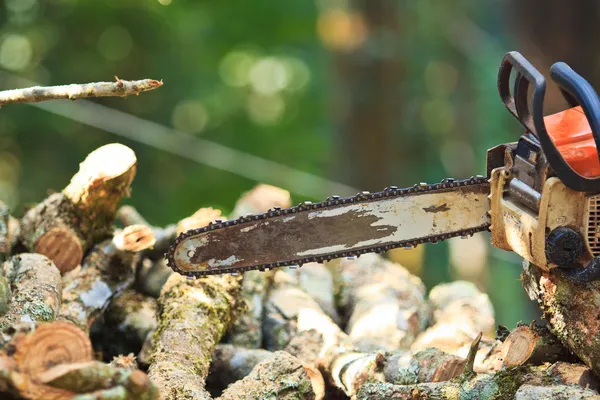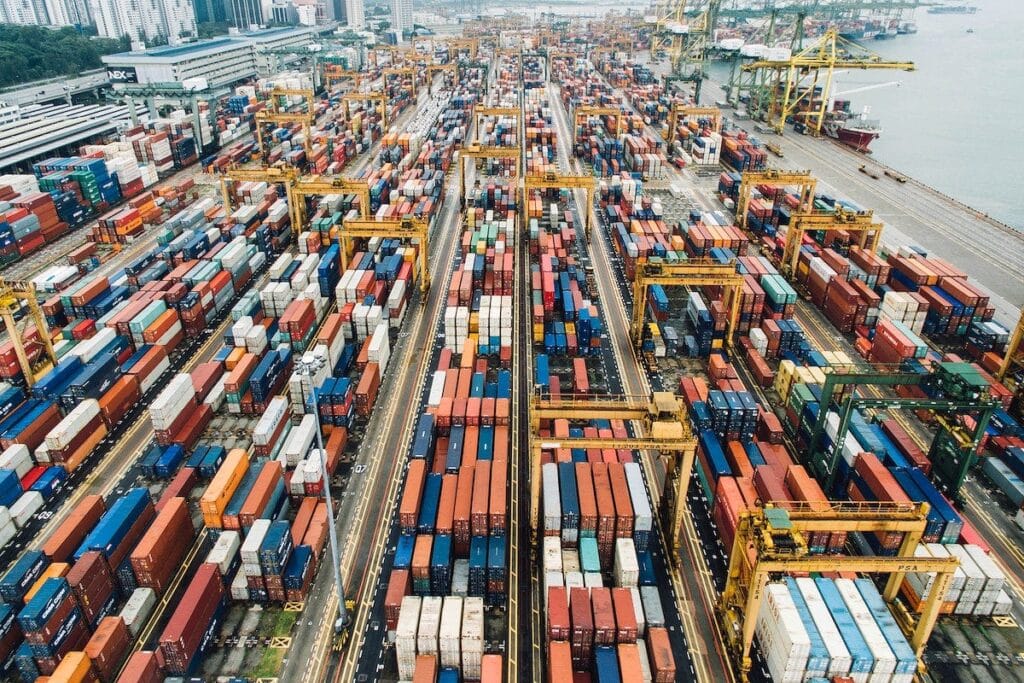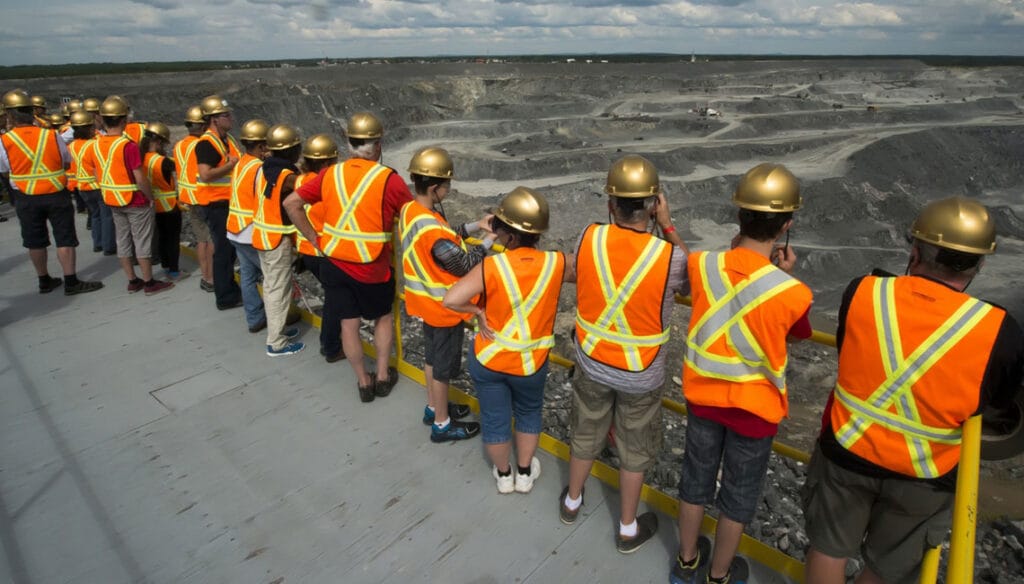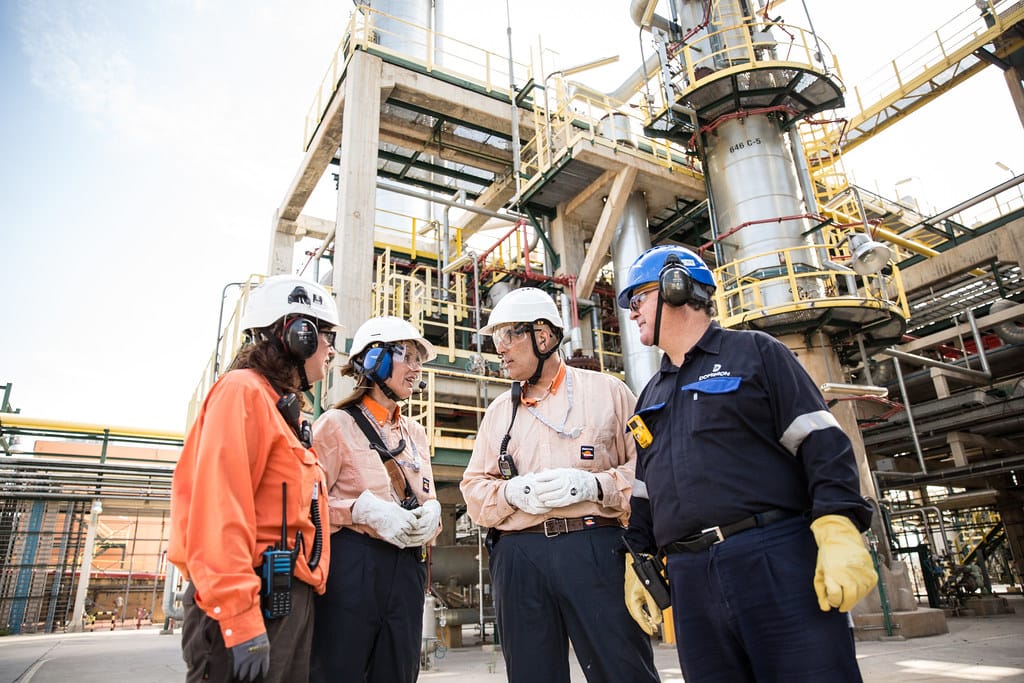
Chainsaw PPE is only as good as its certification. A garment that looks rugged but lacks proper testing can fail catastrophically—putting lives and businesses at risk. That’s why EN ISO 11393 (Europe) and ASTM F1897 (North America) exist: to ensure leg protection actually works under real-world conditions.
This deep-dive article explains:
- What these standards cover
- How they differ
- Common compliance mistakes and fraud traps
- Real-world cases where non-compliance cost thousands
Google Snippet: Quick Answer
EN ISO 11393 and ASTM F1897 set safety requirements for chainsaw PPE. EN ISO uses classes (0–3) based on chain speed, while ASTM F1897 uses pass/fail performance tests for cut resistance and durability. Buyers must verify certificates, labels, and request test reports to avoid counterfeit gear.
Why Standards Matter for Chainsaw PPE
Buying uncertified PPE isn’t just risky—it’s expensive:
- Worker safety compromised: Chainsaws can cause permanent disability in seconds.
- Legal liability: OSHA or EU regulators can fine companies for non-compliance.
- Insurance issues: Claims may be denied if PPE was uncertified or fake.
Case Example #1 (USA):
A landscaping contractor bought $25 “chainsaw chaps” online labeled “safety gear.” After an accident, the chap shredded immediately. The worker needed surgery, costing $42,000. OSHA added a $9,000 fine for lack of compliant PPE.Case Example #2 (Germany):
During an audit, a forestry company presented PPE labeled with a generic CE mark but no EN ISO rating. The operation was suspended for two days. Lost revenue: €18,000.
EN ISO 11393: European Standard Explained
EN ISO 11393 governs protective clothing for chainsaw operators, specifying:
- Part 2: Leg protection
- Part 4: Gloves
- Part 5: Footwear
Key Protection Classes:
| Class | Chain Speed | Typical Use |
|---|---|---|
| 0 | 16 m/s | Hobbyists, occasional work |
| 1 | 20 m/s | Professional forestry operations |
| 2 | 24 m/s | Heavy-duty saws, high risk |
| 3 | 28 m/s | Extreme conditions, big saws |
Additional Tests Include:
- Resistance to tearing and abrasion
- Seam strength
- Ergonomic design for safe movement
Real Use Example:
A Finnish logging company mandates Class 1 pants minimum, and Class 2 for saws above 80cc. Since implementing this rule, they report zero leg injuries in 5 years.
ASTM F1897: North American Standard Overview
ASTM F1897 focuses on chainsaw leg protection for U.S. and Canada:
- Cut-resistance test: Measures fabric’s ability to jam a rotating chain.
- Durability checks: After laundering and mechanical stress.
- Label requirements: Must display ASTM reference and manufacturer ID.
Note: ASTM F3325 covers upper-body chainsaw clothing, and ANSI Z89.1 applies to helmets.
EN ISO vs ASTM: Key Differences for Buyers
| Feature | EN ISO 11393 | ASTM F1897 |
|---|---|---|
| Region | EU (mandatory), accepted globally | U.S./Canada (widely recognized) |
| Classes | Yes: 0–3 (chain speed rating) | No classes, pass/fail performance |
| Test Method | Rotating chain under force | Impact strike simulation |
| Marking | CE mark + EN ISO + class rating | ASTM number + manufacturer code |
Buyer Insight:
Global companies often demand dual certification for simplified compliance across regions.
Common Compliance Mistakes
- Buying PPE with fake CE labels—common on low-cost imports.
- Confusing “CE” marking with EN ISO compliance (they’re not the same).
- Accepting verbal claims like “meets EU standard” without proof.
Red Flag Checklist:
- No class rating on label (e.g., Class 1)
- Missing batch number
- Supplier hesitates to share test reports
Fraud Case:
In 2022, EU customs seized 5,000 fake chaps from Asia with counterfeit EN ISO labels. Testing showed zero chain-stopping ability.
How to Verify Certifications
- For EN ISO:
- Label must show: CE mark + EN ISO number + protection class
- Check notified body number via EU NANDO database
- For ASTM:
- Label must include ASTM F1897
- Request full lab test report
- Ask supplier for Declaration of Conformity and traceability documents.
Quick Procurement Checklist
- [ ] EN ISO 11393 (correct class for chain speed)
- [ ] ASTM F1897 certification for U.S./Canada
- [ ] CE mark with valid notified body number
- [ ] Test reports from accredited labs
- [ ] Batch tracking system for audit readiness
- [ ] No “generic CE” claims without documentation
Buyer FAQ
Q: Can PPE be certified under both standards?
A: Yes. Top-tier brands often dual-certify for global compliance.Q: How do I spot fake CE labels?
A: Missing notified body number or NANDO verification failure are key signs.Q: Do these standards apply to helmets and gloves?
A: Yes—helmets: EN 397/ANSI Z89.1; gloves: EN ISO 11393-4.
Conclusion
Certification isn’t optional—it’s the foundation of safety and compliance. Always confirm EN ISO 11393 or ASTM F1897 compliance, and don’t rely on generic claims. Non-compliant gear may cost $50 less upfront but thousands in liability later.
Need PPE certified to EN ISO 11393 + ASTM F1897 for international operations?
Email: [email protected]
Website: www.workwearsolutions.net
Zion Zhang
Recent Posts
 Marketing Tactics: How to Promote Workwear in Africa, Middle East & Latin America2025年10月12日Marketing Tactics: How to Promote Workwear in Africa, […]
Marketing Tactics: How to Promote Workwear in Africa, Middle East & Latin America2025年10月12日Marketing Tactics: How to Promote Workwear in Africa, […] Branding Strategies for Workwear: Competing Beyond Price2025年10月12日In many emerging markets — from Africa to Latin America to […]
Branding Strategies for Workwear: Competing Beyond Price2025年10月12日In many emerging markets — from Africa to Latin America to […] How to Build a Local Distribution Network That Works2025年10月10日In emerging markets across Africa, the Middle East, Central […]
How to Build a Local Distribution Network That Works2025年10月10日In emerging markets across Africa, the Middle East, Central […] Choosing the Right Sales Channels for Workwear in Emerging Markets2025年10月10日In fast-growing markets across Africa, the Middle East, […]
Choosing the Right Sales Channels for Workwear in Emerging Markets2025年10月10日In fast-growing markets across Africa, the Middle East, […] Building Long-Term Supplier Relationships: From First Order to Partnership2025年10月10日In the world of global workwear trade, many new importers […]
Building Long-Term Supplier Relationships: From First Order to Partnership2025年10月10日In the world of global workwear trade, many new importers […] Costing & Profit Margins: Calculating the Real Numbers2025年10月9日When importing workwear or PPE from China, the biggest […]
Costing & Profit Margins: Calculating the Real Numbers2025年10月9日When importing workwear or PPE from China, the biggest […]
CONTACT US
- Feel free to contact us any time. We will get back to you as soon as we can!
- +86-17330061805
